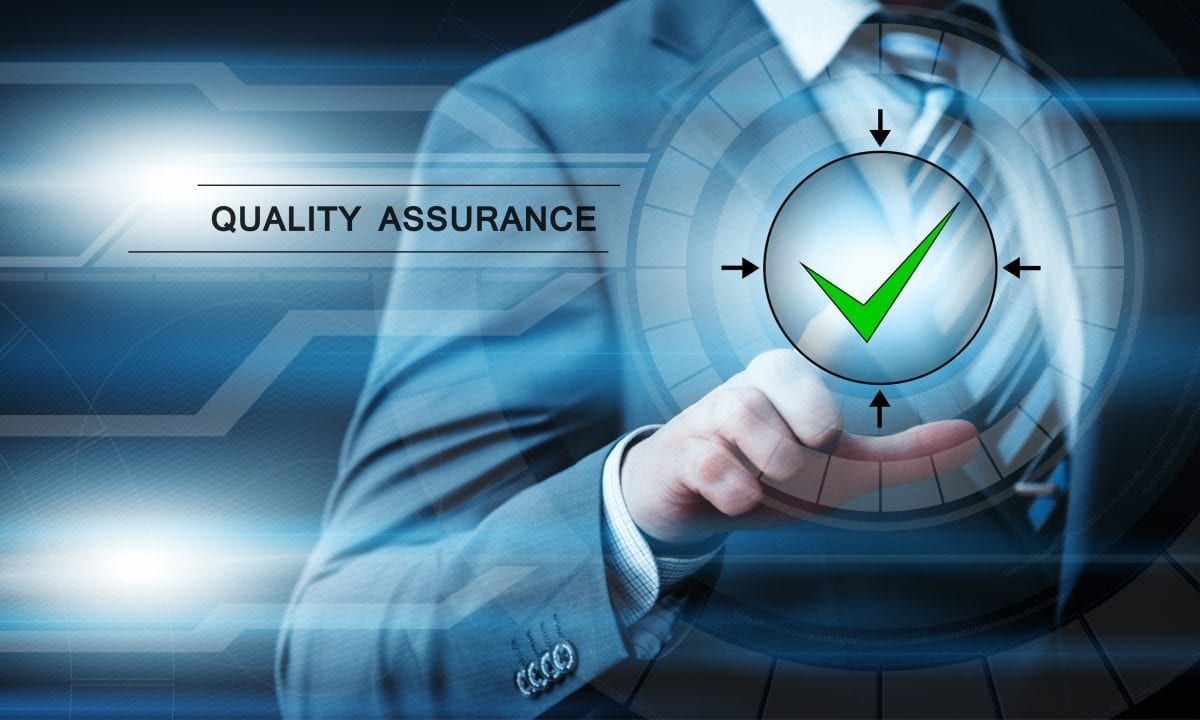T: 01202 779455M: 07808 666380E: Contact us


ISO 14001:2015
ISO 14001
ISO 14001 is an internationally recognised standard for the environmental management of businesses. It prescribes controls for those activities that have an effect on the environment. These include the use of natural resources, handling and treatment of waste, and energy consumption.
Implementing an Environmental Management System is a systematic way to discover and control the effects that your company has on the environment. Cost savings can be made through improved efficiency and productivity. These are achieved by detecting ways to minimise waste and dispose of it more effectively, and by learning how to use energy more efficiently. It verifies compliance with current legislation.
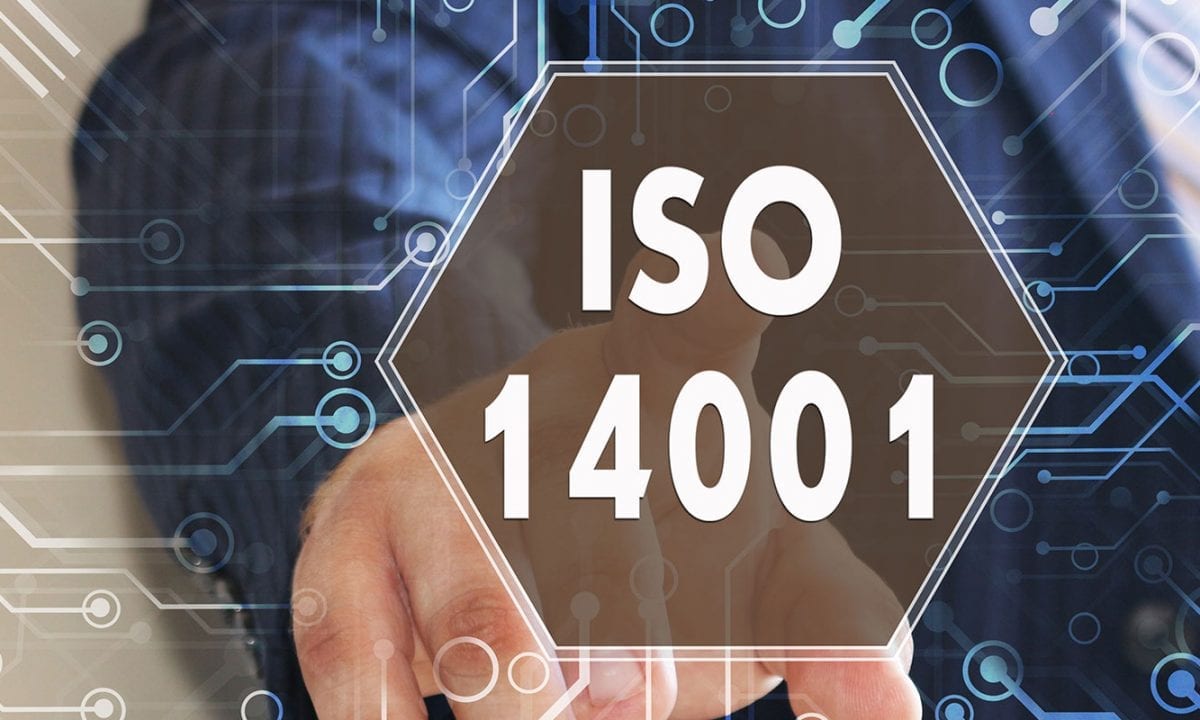

Why Get ISO 14001:2015
Once developed, internal audits are needed to ensure that the system keeps on working. The setting of targets for the environmental policy and continual measuring against it ensures that the system is maintained.
Once you have an environmental management system in place, you may choose to have it externally audited. Following a successful audit by an accredited certification body, you will be issued with a certificate of registration to ISO 14001. This demonstrates that your organization is committed to environmental issues and is prepared to work towards improving the environment. It also gives a competitive edge to the company’s marketing and enhances its image in the eyes of customers, employees, and shareholders.
A company or organisation that has been independently audited and certified to be in conformance with ISO 14001 may publicly state that it is “ISO 14001 certified” or “ISO 14001 registered”.
Environmental Management Systems
Published in September 2015, this Standard supersedes ISO 14001:2004.
So what does this mean for your business?
If your business hasn’t been certified to ISO 14001 yet, start working towards the requirements of this new Standard. There’s no need to reference the old Standard.
If your business is already certified to ISO 14001:2004, you have until September 2018 to upgrade your business to the new requirements, and then go through a transition audit to update your Certification to the new Standard. The key thing to know here is, if your business has already effectively implemented its systems as truly intended by the old Standard, and you’re seeing the benefits in your business, there shouldn’t be a lot of work required to update to the new requirements.
Why has the Standard been updated and what are the changes?
The business world is continually changing and the Environmental Management Standard has been updated to better fit today’s needs. The environmental context for businesses is more challenging these days in meeting stakeholder expectations, along with the general expectation that modern organisations will become environmental stewards and perform accordingly in all areas of operation.
There’s been a shift towards more service-based businesses world wide in recent years, and the terminology of the Standard has been adjusted to make it easier for these service-based organisations to interpret the true intent of the Standard.
A “risk-based thinking” approach has been introduced, to determine the requirements of the business and its management systems. This new approach has enabled a considerable reduction in the prescriptive requirements of the old Standard, which have been replaced by performance-based requirements, providing greater flexibility for the management systems to suit the needs of the individual organisation. There is now no mandatory requirement for documented procedures! The organisation determines its own requirements to effectively manage its own processes!
There’s more focus on continually identifying opportunities for improvement for future needs and expectations in enhancing the organisation’s environmental performance.
There’s a greater focus on management demonstrating leadership and commitment, and taking greater accountability for the effectiveness of the environmental management system, ensuring integration of the requirements within the business processes, and ensuring it achieves its intended outcomes.
A common framework for all Management System Standards has been introduced to provide greater consistency across all the ISO Management Standards.
The Standard
This International Standard is all about minimising any negative impacts on the environment (via adverse changes to air, water or land), complying with applicable environmental laws and regulations, and continually improving in these areas.
It provides a framework for better management control with the goal of reducing environmental impact, and higher conformance with environmental legislative and regulatory
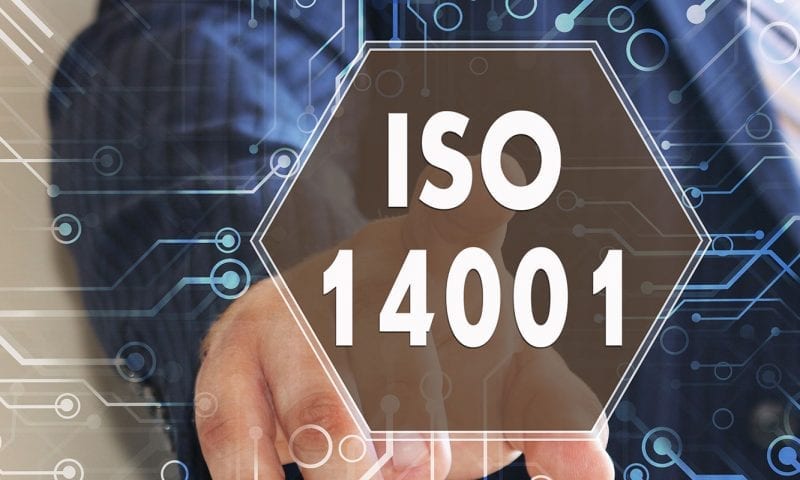
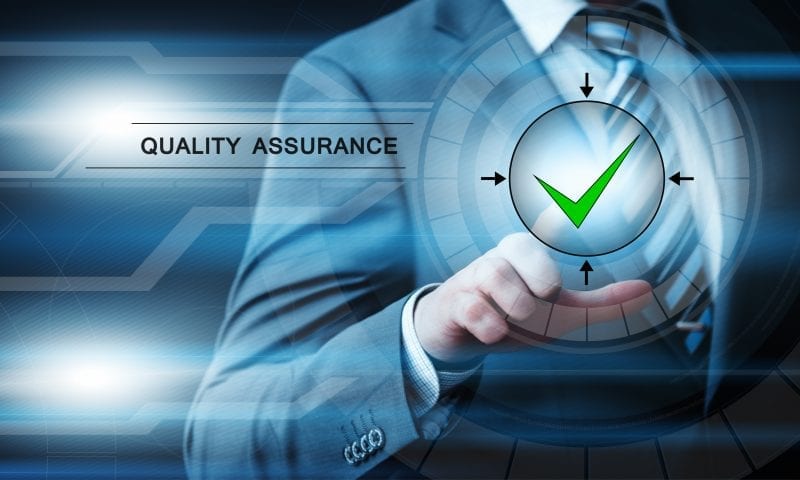
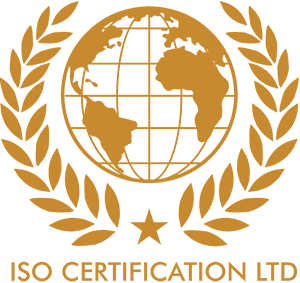
Start your consultation with us now!
We will get to know you, your business, and what you need to achieve out of your systems and your certifications.
We take care of the whole process for you, answer all your questions and adjust our services to suit your resources and your individual business needs. We will be there for you to coach you through the preparation, through the audits and ongoing.
We assist in selecting your Conformity Assessment Body (CAB) to ensure they have the appropriate knowledge of your industry and the work you do, are realistic and take a value-adding approach.
We understand that every business is unique- we want this to be a meaningful and value-adding process for you.
